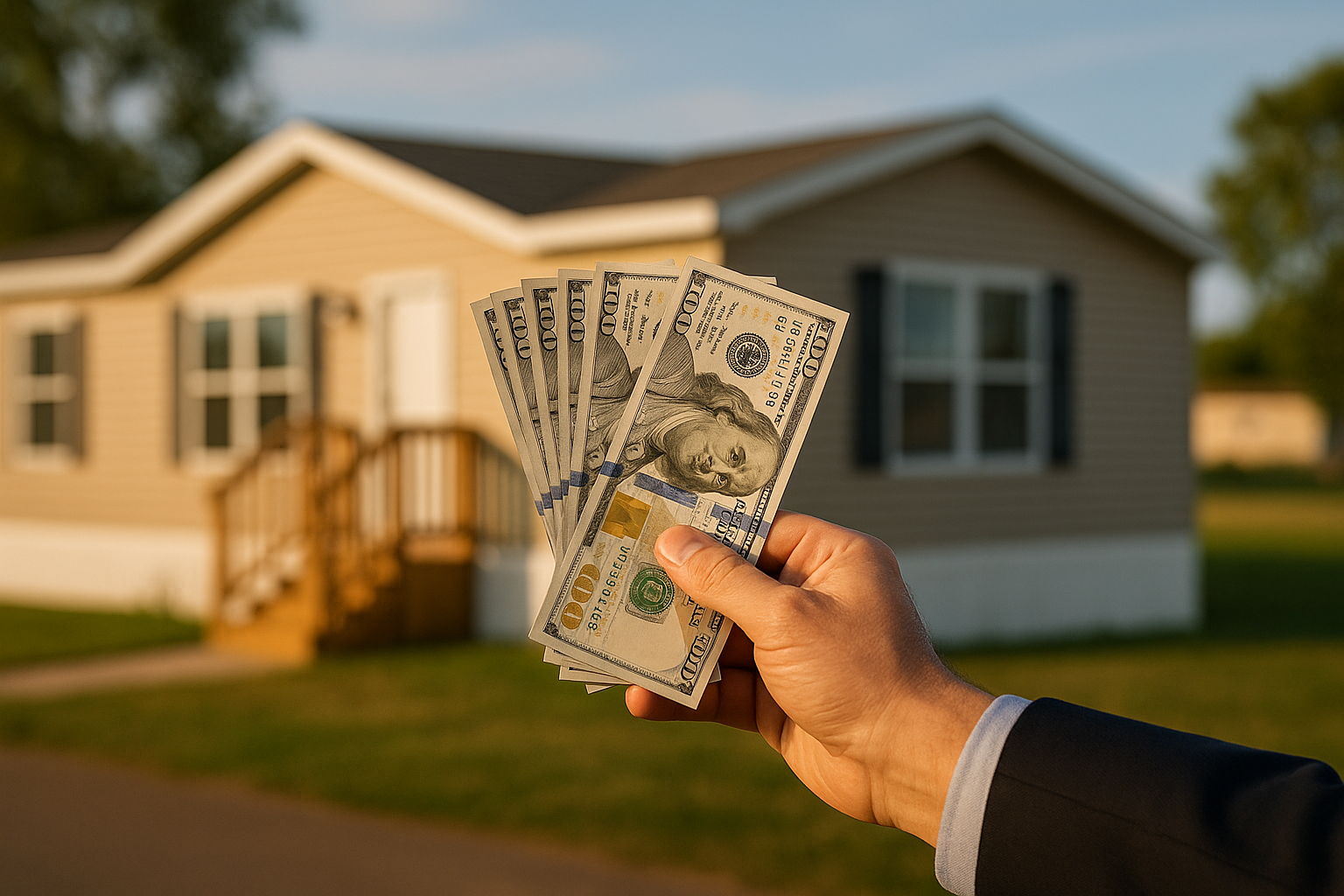Measuring long-term returns in housing investments
Measuring long-term returns in housing investments requires a blend of quantitative metrics and contextual judgment. Investors should consider capital appreciation, rental cash flow, financing costs, taxes, and recurring expenses over multi-year horizons. A clear framework helps separate short-term volatility from durable value drivers, and supports better portfolio decisions across different markets and property types.

Measuring long-term returns in housing investments involves tracking how capital appreciation and ongoing income combine over time. To assess performance you need consistent metrics—total return, annualized return, and cash-on-cash return—while accounting for financing costs, taxes, and maintenance. Comparing these measures across multiple holding periods and scenarios helps reveal whether a property contributes positively to a diversified portfolio or simply benefits from temporary market cycles.
How does investment and housing appreciation get measured?
Capital appreciation in housing is typically measured by changes in market valuation over a chosen period. Appraisal-led valuation, sales comparables, and indices such as national or regional price series provide reference points. For investors, annualized price growth and total return (price change plus net rental income) are more informative than nominal price rises. Adjust for inflation and transaction costs (commissions, taxes, closing fees) to avoid overstating real gains.
What role do mortgage and rental income play in returns?
Mortgage structure changes effective returns: leverage amplifies both gains and losses, while interest rates and loan fees affect cashflow. Rental income provides recurring cashflow that offsets operating costs and debt service; key metrics include gross rent multiplier and net operating income (NOI). Cash-on-cash return measures distributed income relative to investor equity and is useful for short to mid-term performance checks, while internal rate of return (IRR) captures time value over longer holdings.
How are valuation and appraisal used to monitor portfolio value?
Regular valuation and appraisal help update the fair market value used in total return calculations and portfolio risk assessments. Professional appraisals, automated valuation models, and market comps each have trade-offs in cost and accuracy. For portfolio reporting, combine periodic professional appraisals for major holdings with automated updates for smaller assets; note that appraisals reflect market conditions at a point in time and may lag rapid shifts in supply, demand, or policy.
How do renovation, zoning, and market factors alter long-term outcomes?
Renovation can increase rental income and appeal, but must be weighed against upfront capital and downtime. Zoning and land-use rules create structural value (or constraints) that affect future redevelopment potential. Local market fundamentals—job growth, population, and supply pipeline—drive demand and occupancy, while macro factors like interest rates influence financing costs. Successful long-term strategies align renovation choices with local market demand and zoning realities.
How should taxation, cashflow, occupancy and portfolio strategy be incorporated?
Taxation changes after-tax returns through property taxes, income tax on rent, capital gains rates, and allowances like depreciation. Cashflow modeling should include vacancy and occupancy risk, maintenance reserves, and cyclical downturn scenarios. A portfolio approach balances geographic and tenant diversification, matching property types to investor liquidity needs and risk tolerance. Scenario analysis and stress testing of occupancy and rent assumptions improve resilience over multi-year horizons.
| Product/Service | Provider | Cost Estimation |
|---|---|---|
| Mortgage (conventional) | Wells Fargo | Origination fees commonly 0.5–1.5% of loan; interest rates vary by borrower and market conditions |
| Online mortgage lender | Rocket Mortgage | Similar fee ranges; digital processes can lower some closing costs but rates still market-driven |
| Property management (residential) | Local management firms / CBRE (large-scale) | Typical fees 6–12% of monthly rent for long-term leases; short-term property management can be higher |
| Rental listing and screening | Zillow Rental Manager | Listing and marketing options vary; tenant screening often charged per applicant ($20–$60) |
| Investment marketplace | Roofstock | Marketplace commissions or transaction fees often in low single-digit percentages (e.g., 0.5–2%) |
| Short-term leasing platform | Airbnb | Host service fee commonly around 3% of booking; additional cleaning and platform fees may apply |
Prices, rates, or cost estimates mentioned in this article are based on the latest available information but may change over time. Independent research is advised before making financial decisions.
Conclusion
Long-term measurement of housing investment returns depends on combining capital appreciation, rental cashflow, and expense management in repeatable metrics. Use valuation updates, scenario analysis, and a portfolio mindset to separate transient price swings from persistent value drivers such as location fundamentals, zoning, and improvements. Regularly revisiting assumptions about mortgage costs, taxation, occupancy, and renovation budgets ensures projections remain aligned with evolving market realities.





